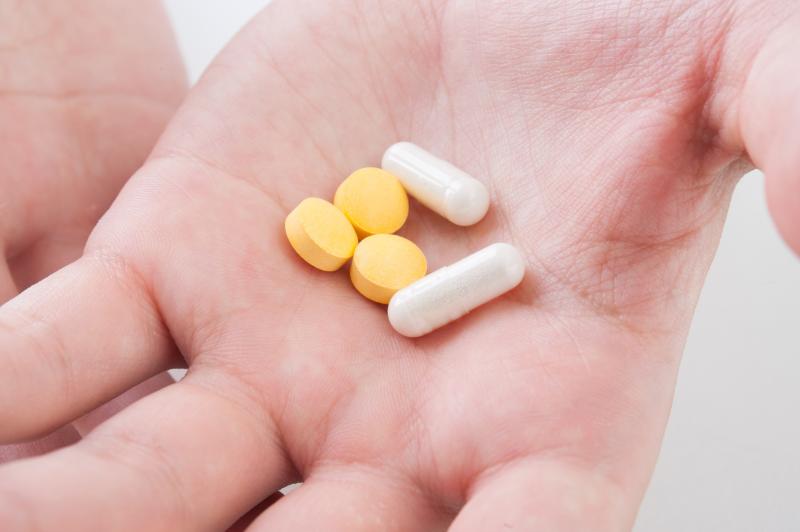
Sustained use of lopinavir-combined regimen appears to confer benefits among patients with the novel coronavirus disease (COVID-19), with improvement possibly indicated by increasing eosinophils, suggests a recent study.
However, further large-scale researches are warranted to verify these findings, according to the authors.
This study explored the epidemiological information, clinical characteristics, therapeutic outcomes and temporal progression of laboratory findings in COVID-19 patients treated with lopinavir. Data were collected from 10 patients admitted between 22 January 2020 and 11 February 2020 at Xixi Hospital in Hangzhou, China.
Of the study participants emerged secondary, tertiary and quartus patients. The incubation period for COVID-19 was estimated at 3–7 days. Common initial symptoms observed were cough and low fever (37.3–38.0 °C).
A patient who was asymptomatic presented a normal radiography, while the others showed ground-glass opacities. All patients (three transferred and seven discharged) were treated with lopinavir on initial hospitalization. Of these, three discontinued treatment due to adverse effects, two further deteriorated, and one had a longer hospital stay than others.
There were low levels of potassium, albumin and lymphocyte among these COVID-19 patients, but these increased persistently after lopinavir exposure. On initial hospitalization, eosinophil values were low. However, these returned to normal prior to discharge.
Viral load of severe acute respiratory syndrome coronavirus 2 (SARS-CoV-2), radiography and eosinophil improved continuously improved constantly in 3–14, 6–8 and 7–9 days, respectively.
SARS-CoV-2 is the virus responsible for COVID-19. It was first discovered in December 2019 in Wuhan, the capital city of Hubei Province in China.